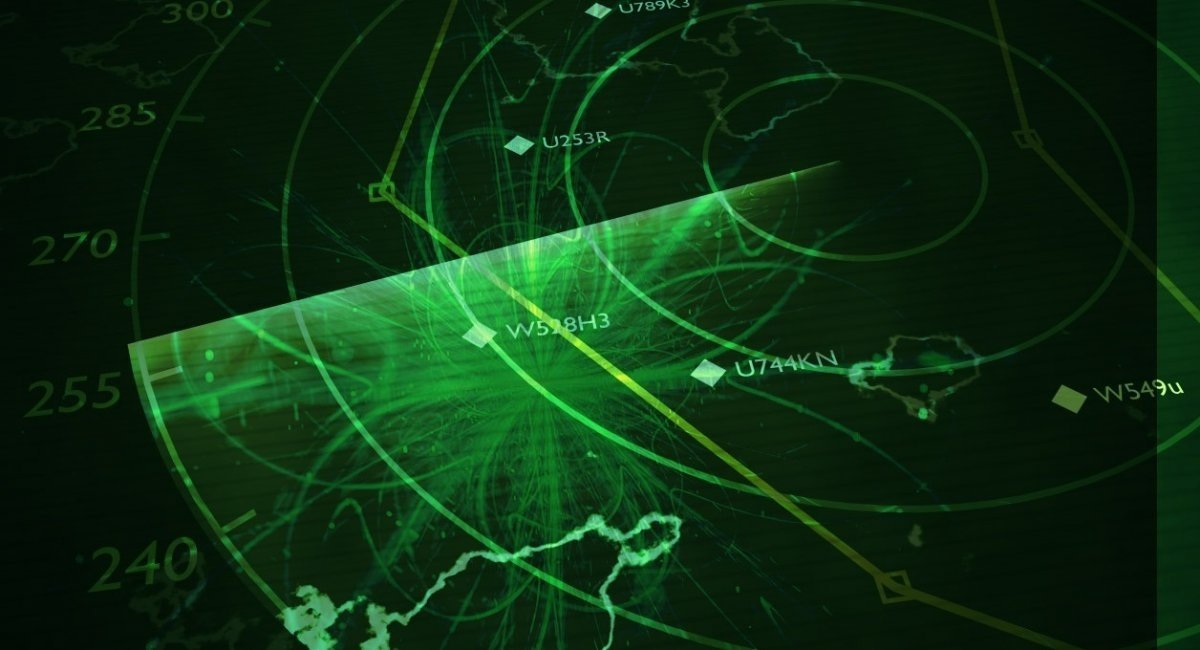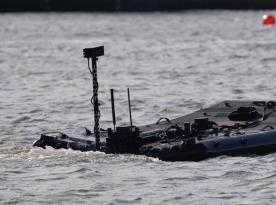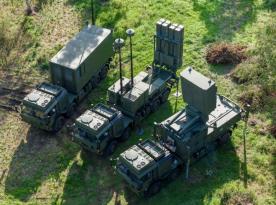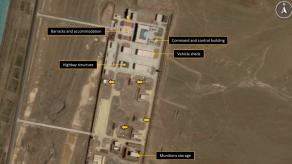The statement regarding the deployment of the nationwide electronic warfare system, Pokrova, as announced by Valerii Zaluzhnyi, the Commander-in-Chief of the Armed Forces of Ukraine, in his essay titled "Modern Positional Warfare and How to Win It," holds not only great but truly strategic importance.
Although information about Pokrova is extremely limited, we know that its primary objective manifests in the possibility of "replacing the satellite radio navigation field ("spoofing"), suppressing satellite radio navigation along the entire line of contact and in most parts of Ukraine."
Read more: First Deployment of Italmas or Geran-3 Drones in Ukraine Took Place Today, russians Say
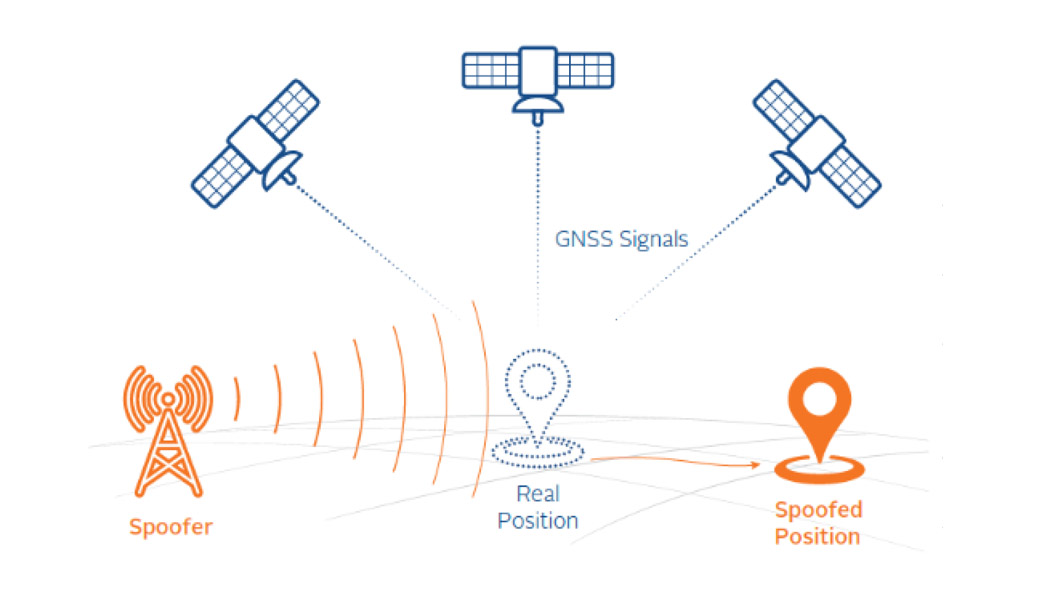
Practically speaking, this means that all systems reliant on satellite navigation will cease to function when Pokrova is activated, not only within the frontline, but nearly throughout Ukraine. To be more specific, they may either cease to work if "Pokrova" is configured to suppress signals or display inaccurate data in the coordinate tampering mode.
In the civilian sector, this implies that all GPS, GLONASS, and similar navigation systems will become non-operational or provide incorrect information. Consequently, drivers accustomed to relying on navigation apps will need to revert to traditional route-finding methods. This is because the app may either display "no satellites found" or assure you that instead of being in the middle of Kyiv, your location is somewhere in an open field many kilometers away.
In a military context, the disruption of the satellite navigation system in weaponry will also be a big deal. For some weapons, this could be critical. Take, for example, the Shahed-136 loitering munition, which uses only satellite navigation paired with a quite primitive inertial navigation system (INS). If the signal is lost, the drone can maintain a straight course toward the target, but it lacks adjustment because the wind constantly blows it away and the resulting error has a cumulative effect.
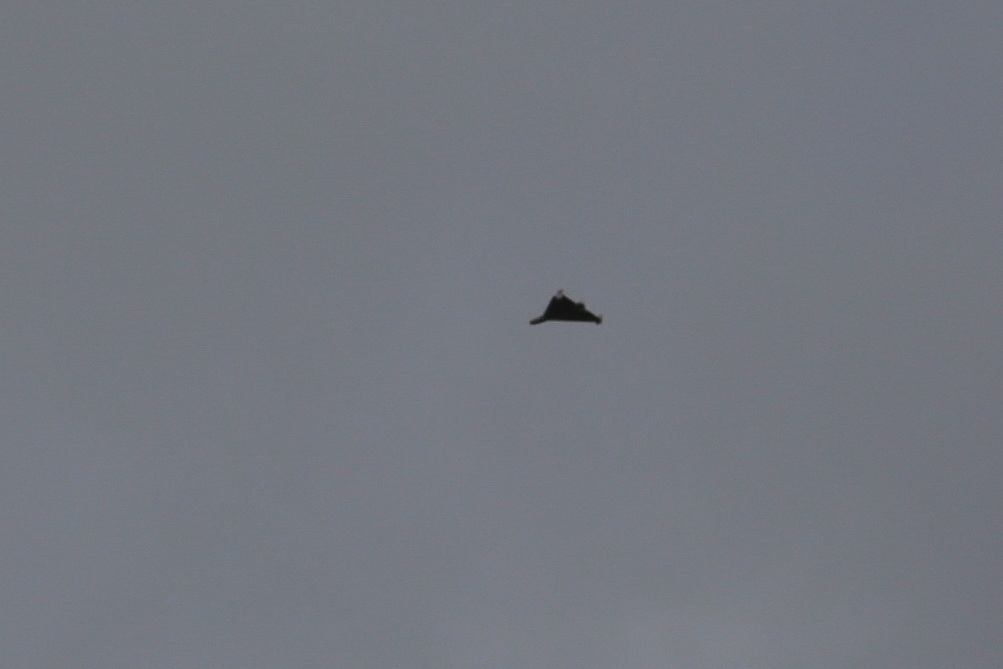
Studies of Shahed-type munitions indicate that the error in the INS accumulates at a rate of about 5% per distance. In other words, without satellite navigation, the drone will stray 5 km away from the course for each 100 km in flight. Of course, this only will work if the target itself is within the EW range, and the satellite navigation is shut down for the entirety of its flight because once Shahed reconnects to a satellite, it can correct its flight, resetting the error back to zero.
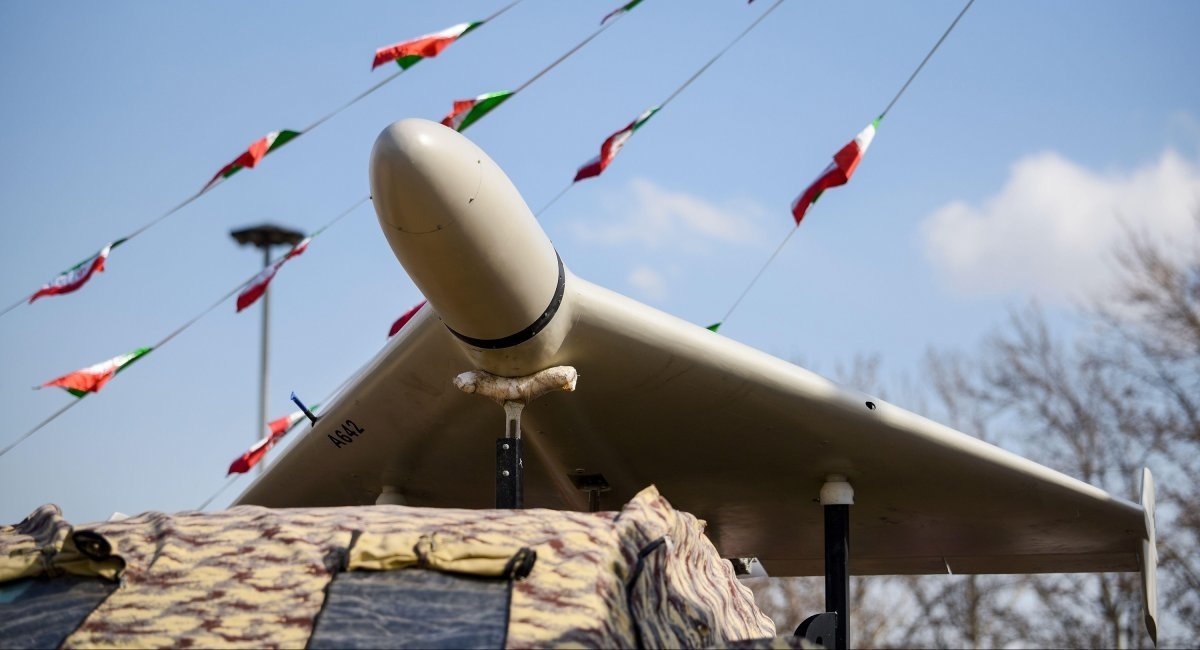
In the case of "spoofing," genuine satellite signals are replaced with false ones. This means that the Shahed continues to believe it's on the correct course, while its actual location differs from the received coordinates. Although this method offers a way to "ward off" the threat and can potentially prove more effective, there are hardware and software methods for detecting "spoofing," which could designate the satellite navigation data compromised and make the drone act accordingly.
It's worth noting that jamming GPS or GLONASS is not an uncommon tactic. Acknowledging that, russia has been actively integrating interference-resistant Kometa-M systems into its arsenal, particularly into Shahed-type loitering munitions, cruise missiles, and UMPK guidance kits for aerial bombs.
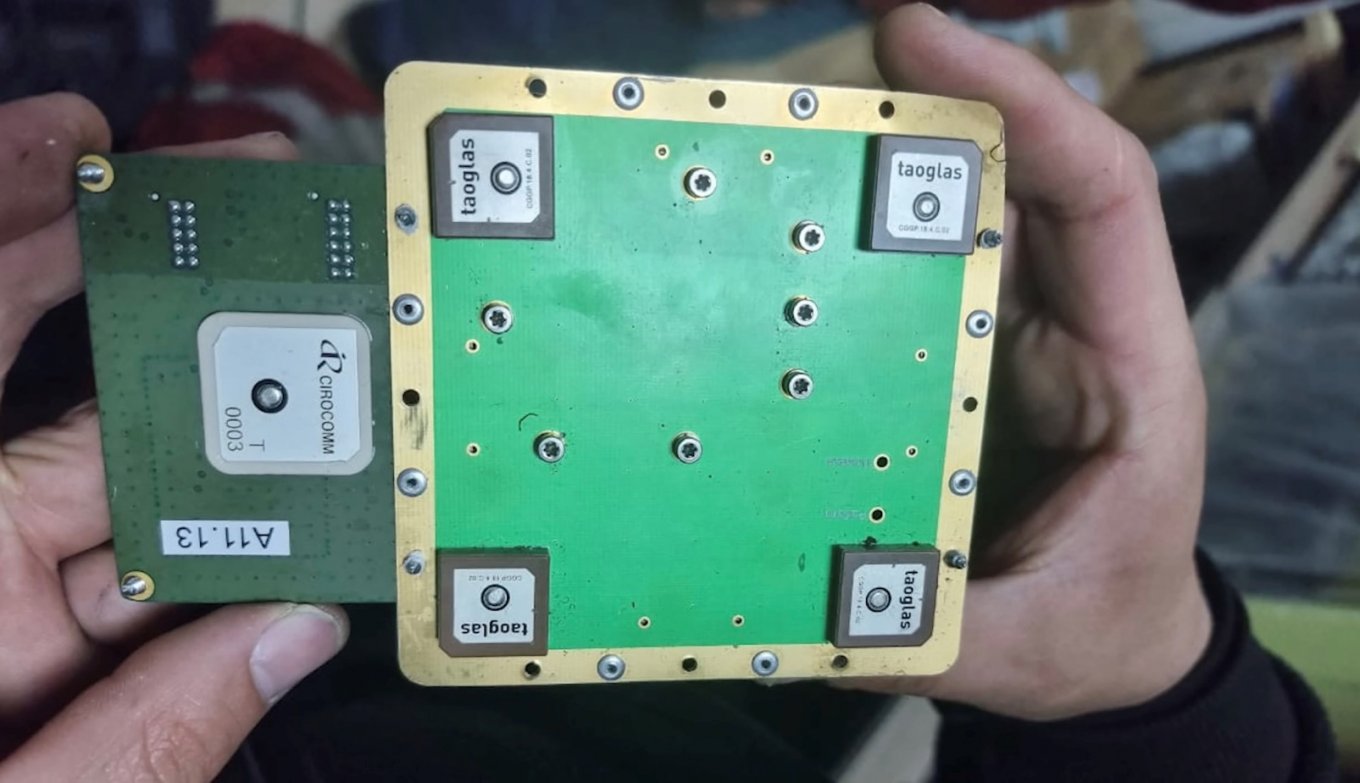
However, in September, Ivan Pavlenko, the Chief of the Main Directorate of Electronic Warfare and Cyber Security of the Ukrainian General Staff, stated:
"We already have the ability to counter this system," referring to the Kometa-M. Therefore, if the deployment of the Pokrova nationwide EW system has been announced, it is unlikely that the Ukrainian command is doing it without taking into account the means of protection already available to the russians.
If a uniform GPS/GLONASS suppression field is deployed, the effectiveness of Shahed-136s launched by russian forces will drop drastically. The Pokrova electronic warfare system should also hinder the accuracy of russian cruise missiles launched on Ukraine, although not as effectively as in the case of Shaheds. Cruise missiles rely on more advanced inertial navigation, as well as DSMAC and TERCOM systems, which compare the terrain image during flight with a pre-uploaded reference image. Nevertheless, without satellite navigation, their accuracy will decrease.
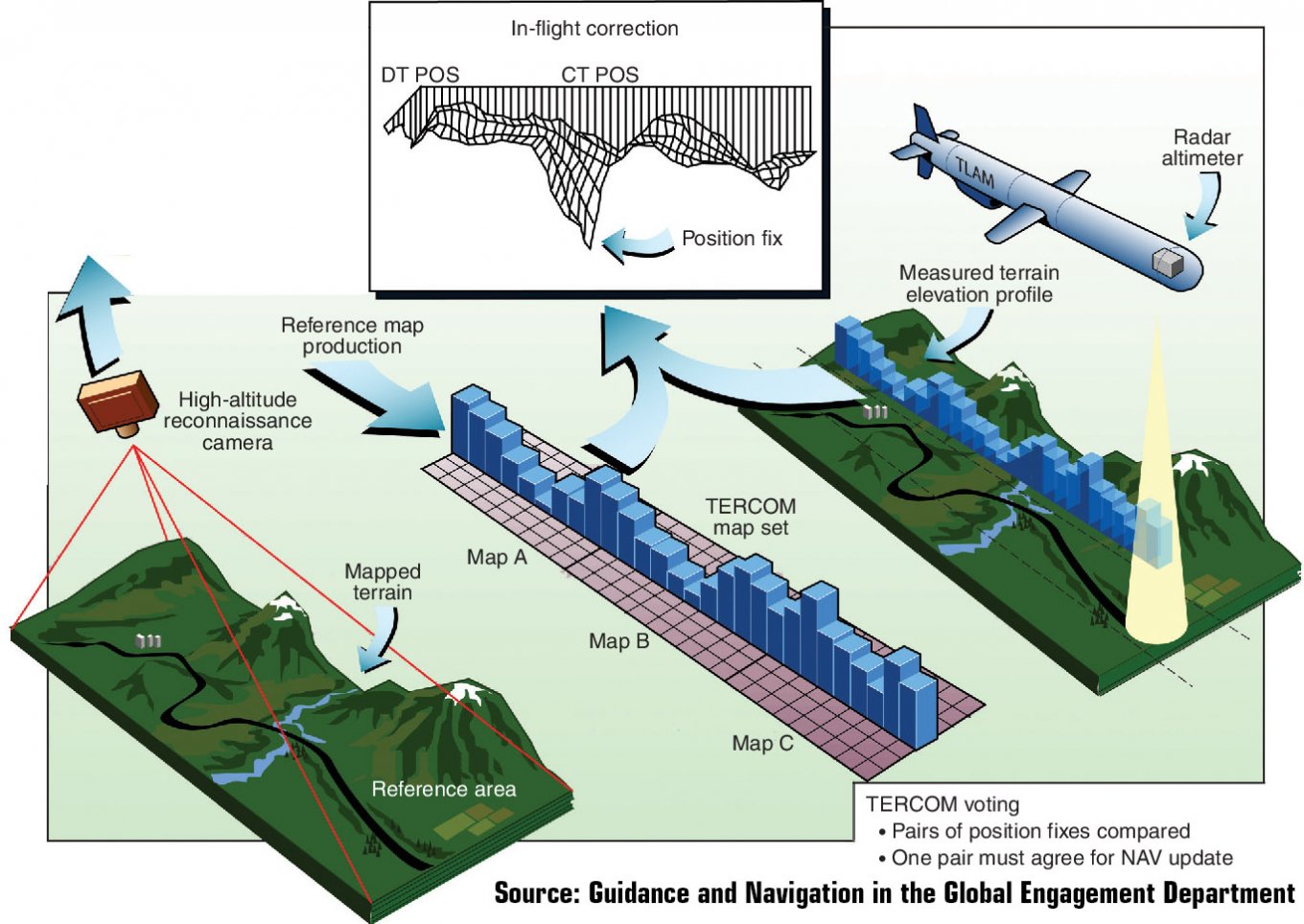
In conclusion, the deployment of a grand-scale Pokrova electronic warfare system is of paramount strategic importance for Ukraine. Moreover, it undermines russia's all-out bet on Shahed-136 suicide drones, potentially reducing their effectiveness to near-zero levels.
Read more: Ukrainians Create a Portable EW Jammer to Take Down russian Drones and Lancet Loitering Munitions



